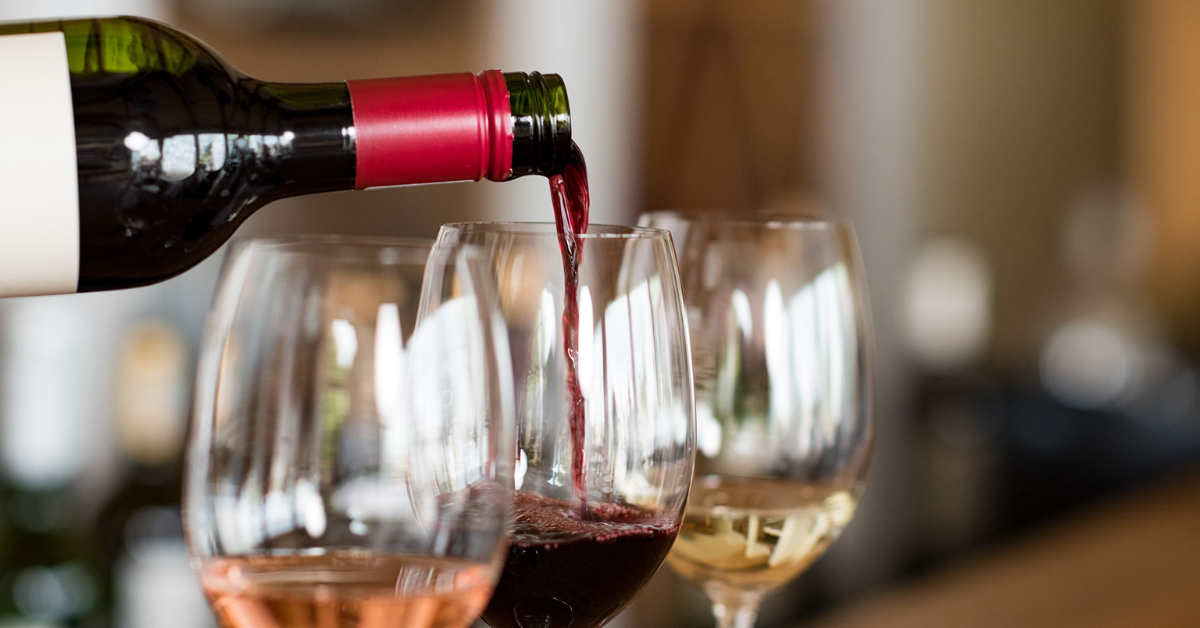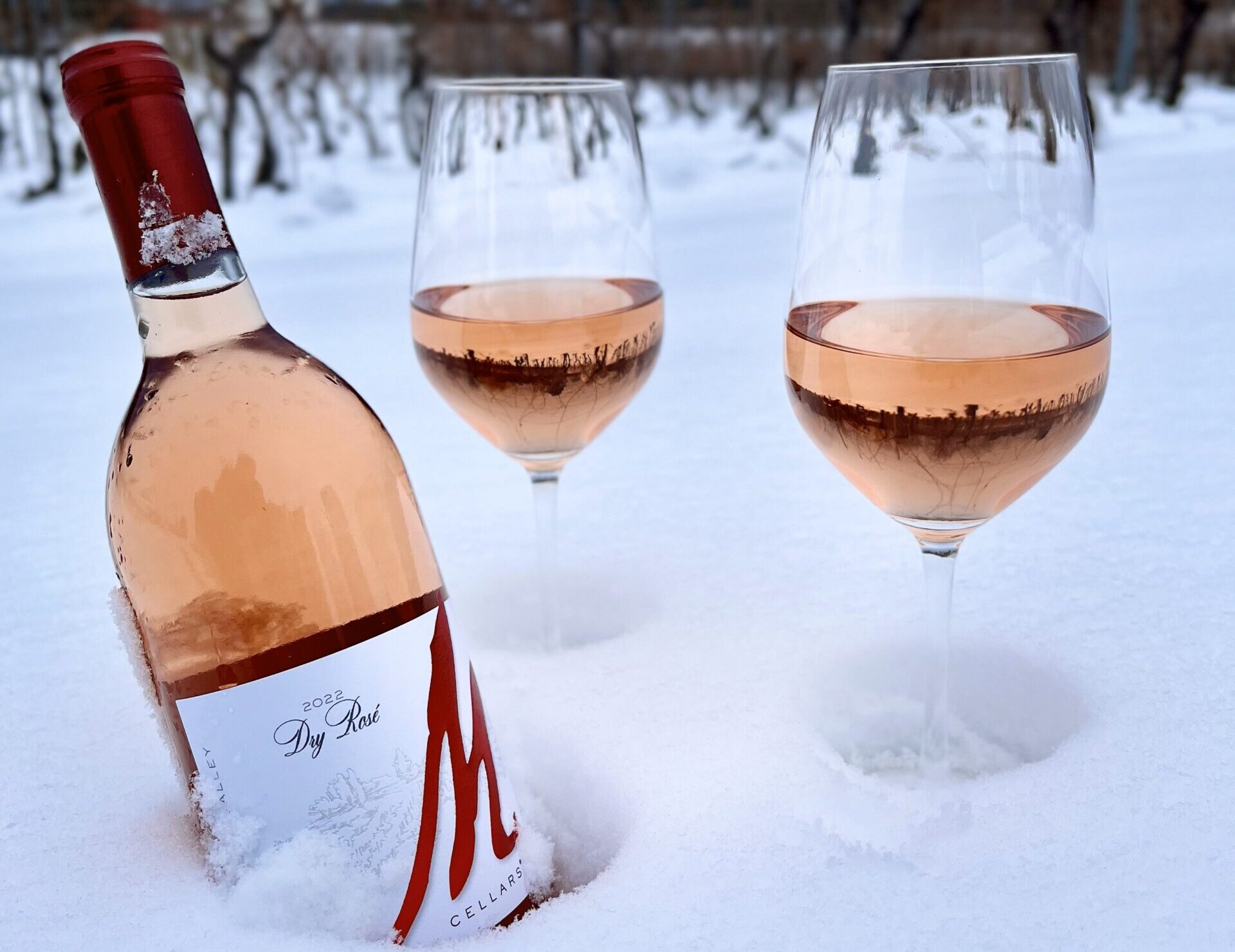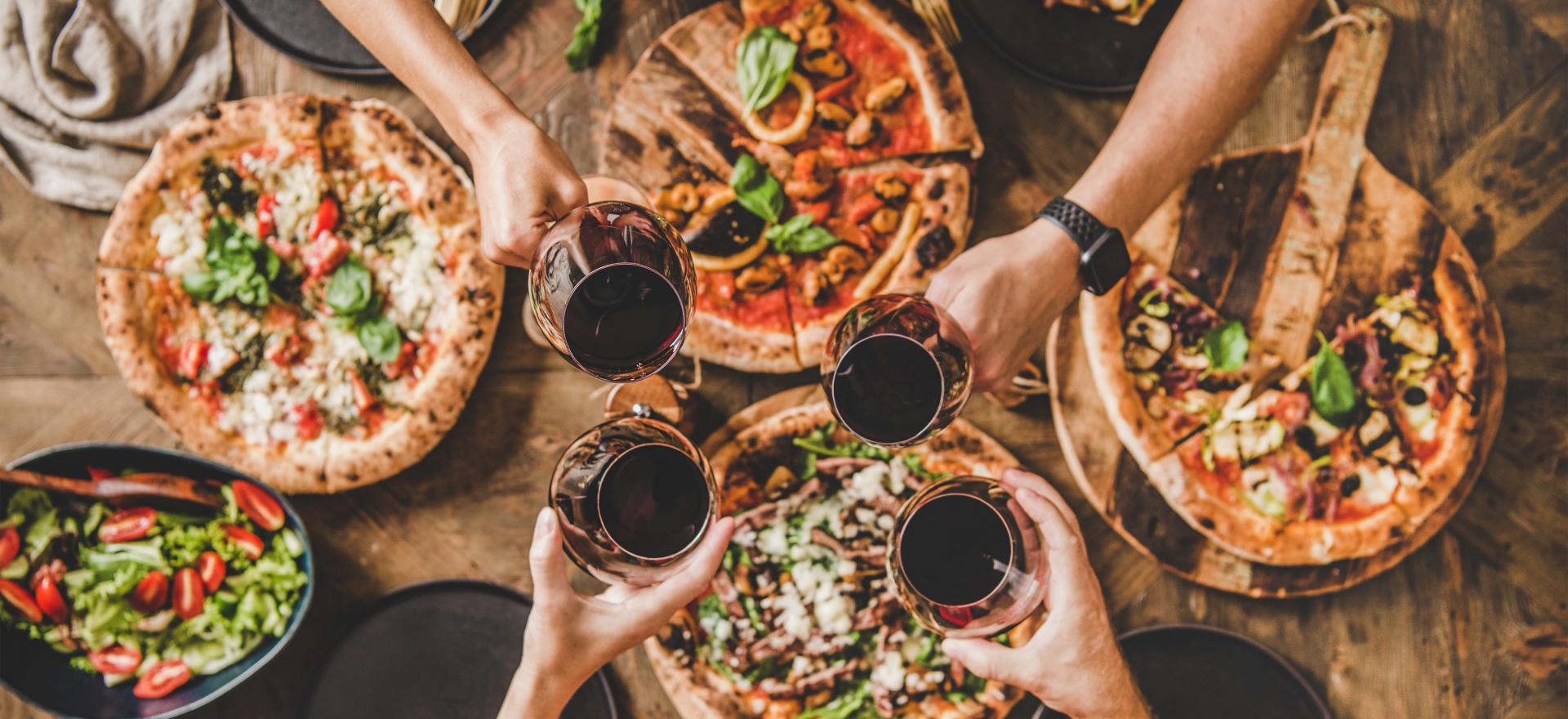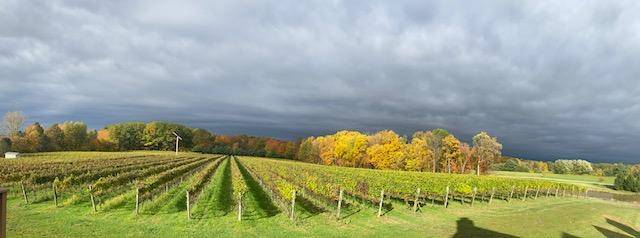When it comes to wine tasting and the topic of wine in general, we hear words, phrases, or observations thrown around and to a beginner, it can be intimidating. It’s like a whole new language that can seem confusing and overwhelming. Here are some basics that are helpful for a beginning wine drinker but may even surprise a self-proclaimed oenophile (fancy word for wine connoisseur)!
“Breathing Room”
Wine has been cooped up in a bottle for months, years, or even decades. In order to bring out the optimal aromas and flavors of the wine, it needs to BREATHE so it can open up. Start with the proper glass – a rounder, larger bowl shape for reds or a bit smaller, taller bowl for whites will work best.
“Heavy Pour”
As much as we’d like to “fill ‘er up” it’s best to pour ⅓ full – this gives you room to swirl the wine which will help introduce more air and help the wine to breathe. No need to hold the glass in the air to swirl, you can keep it on the table, hold the foot (base of the stem) and slide it around in a circular motion.
“Nice Legs”
When you swirl the wine you may see what looks like drips on the inside of the glass, these are referred to as “legs”. Lots of legs, this must be a great wine! FALSE. The legs are not an indicator of the quality of the wine, in reality, it’s about the level of alcohol in the wine. A wine with high alcohol content may have a higher density of drops that run and cause legs. This is common in a more full-bodied (heavier) wine. Sweeter wines also have more visible legs due to the sugar content and viscosity (think honey or syrup drips).
“Barnyard, Flowers, Veggies, Tropical Fruit”
Part of tasting wine is enjoying its aromas. The best way to really smell it is to get your nose down in the glass. Not a quick pass under your nose but put your nose in and sniff deeply with intent. The aromas of floral, fruit, vanilla, spice, oak, and even tobacco are a few descriptors of the fragrance of wine. No, these things aren’t added to wine but all characteristics of a myriad of things that go into that bottle including the varietal of grape(s), where they were grown (type of soil, sun, fog, etc.), how it’s produced, type of barrels used for aging and more. The key to developing your sense of smell is practice. Next time you are at the grocery store or a farmer’s market take note of the fruits, veggies, and herbs and sniff away. The more things you smell the better this sense will become.
“3-Sip Rule”
Now that your brain has an idea of what the wine may taste like based on the smell, it’s time for a sip. At first, our palates may not be ready for what you’re tasting. To decide if you like the wine or not use the 3 SIP rule. The first sip will be sort of a shock that will wake your taste buds up, the second sip you start to get acclimated to what you’re tasting and the feel (weight) of the wine on your tongue, and by the third sip you are really “getting it”.
“Very Tannic”
If the wine makes you pucker it’s your mouth’s reaction to the tannins in the wine. The tannins are the bitter components that come from the grape skins/seeds and are found in red wine. If the tannins are too overwhelming try swirling the wine and give it more time to breathe.
“Full-Bodied”
Light-bodied, medium-bodied, or full-bodied? This refers to the weight of the wine or mouthfeel. Think in terms of how it feels in your mouth. Is it thin or thick, light or heavy? Milk is a great analogy to understand what we mean by mouthfeel – skim milk seems more watery in your mouth and is thinner, while whole milk feels a little thicker and more viscous in contrast to heavy cream which would feel extremely thick and rich. For wine, a light-bodied wine will feel thinner, tend to be more delicate, and are generally more refreshing. Full-bodied wines tend to be bigger, fuller wines and are sometimes described as feeling “chewy”. A medium-bodied wine is somewhere in between.
“Perfect Pairing”
The best pairings? Chicken and fish with whites and meat or red sauce with red are the standards. We say eat what you like and drink what you like. The key to pairing is that the wine should not overpower the food and vice-versa. What generally works is to pair the style of wine with the food. A lighter-bodied wine will work best with lighter foods and a bigger wine is ideal with heavier items.
“Too Hot, Too Cold, or Somewhere in Between”
Yes, the temperature of the wine affects the flavors and aromas. Whites should be kept in the fridge and reds served at room temperature right? FALSE. While whites should be chilled (ideally served at 49-55 degrees) they shouldn’t be stored in the fridge, just put them in a few hours before you plan to serve. For reds, the term “room temperature” came about back in the days of stone, cold castles not today’s comfy, insulated homes. So serving red on the cooler side is best – the ideal serving temperature is between 60-68. Since our homes are generally warmer than that it’s a great idea to put the bottle in the fridge for 20-30 minutes before serving to cool it down. Bubbly should be enjoyed at a cool 40-50 degrees so spending the night in the fridge is optimal. To read our full blog on Tips & Tricks to Storing and Serving Wine click here.
“Leftovers”
On the off chance, you have left-over wine what do you do with it? We know whites can be recorked (hint: turn the cork upside down to fit it back in the bottle) and put back in the fridge but did you know reds should be as well? Whites will keep well for a couple of days before they start to lose their flavor. While reds (if kept in the fridge) will last 3-5 days – just take the bottle out an hour or so before serving to bring the temperature up a bit. Once the wine is past its prime pour it into ice trays, freeze it and use it later to flavor stocks, soups, or gravy. Maybe even consider starting your own vinegar.
“Special Occasion Wine”
We’re not believers in saving a bottle of wine for a special occasion. Every bottle enjoyed with family or friends is a special bottle. It’s meant to be opened and enjoyed and is about the company and memories created savoring that wine.
If all of this talk about wine is making you thirsty grab some friends and plan a visit to the winery. Put your newfound knowledge to work with a wine tasting of our newest wines.
